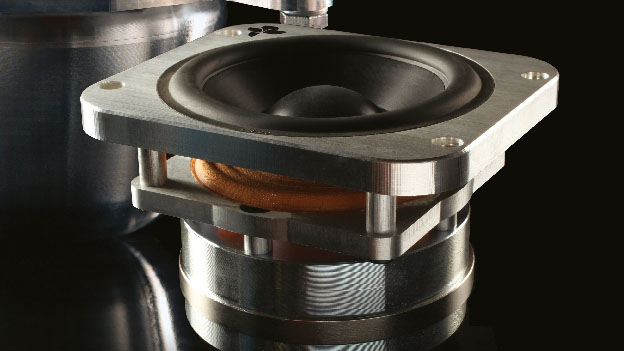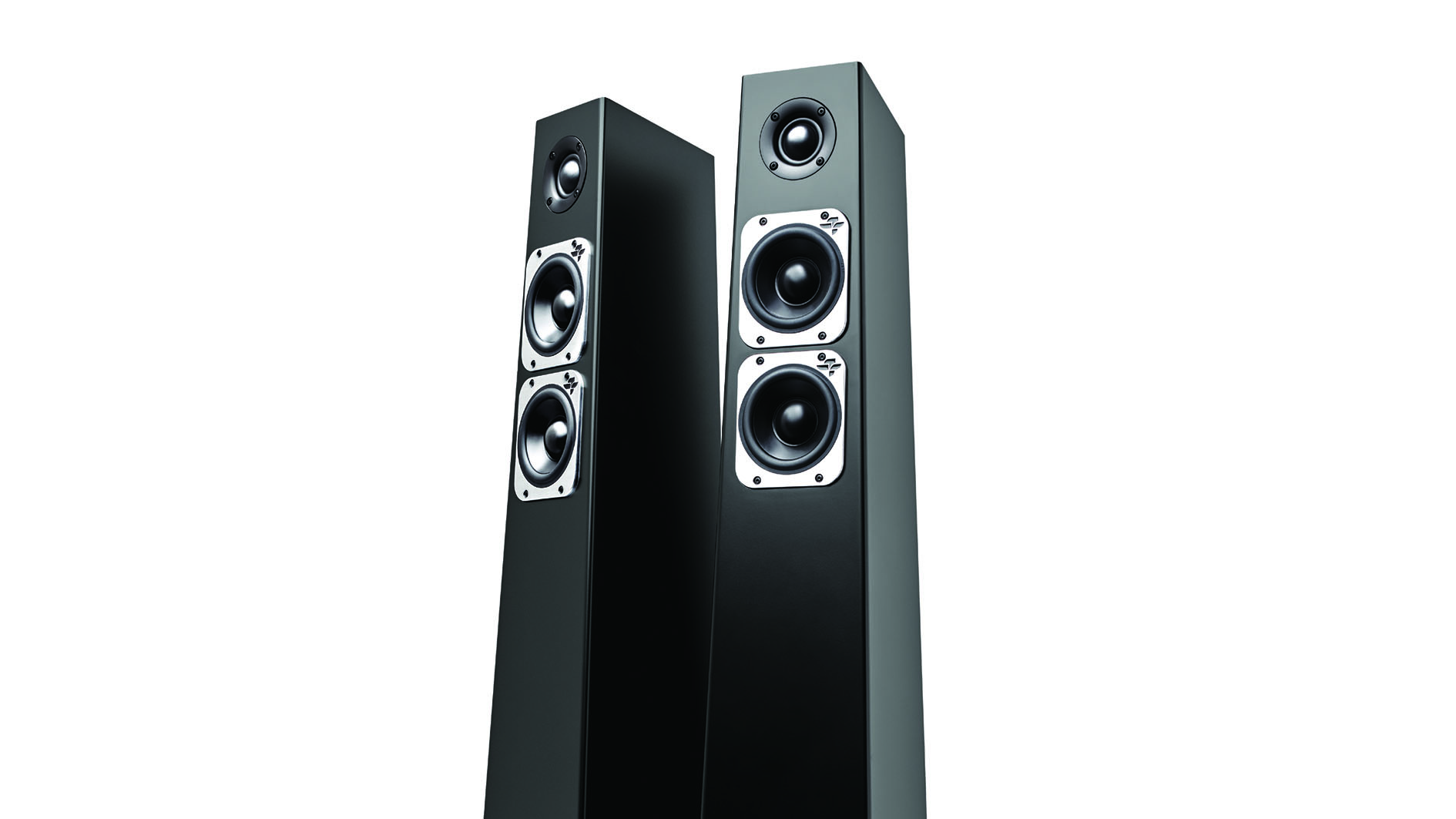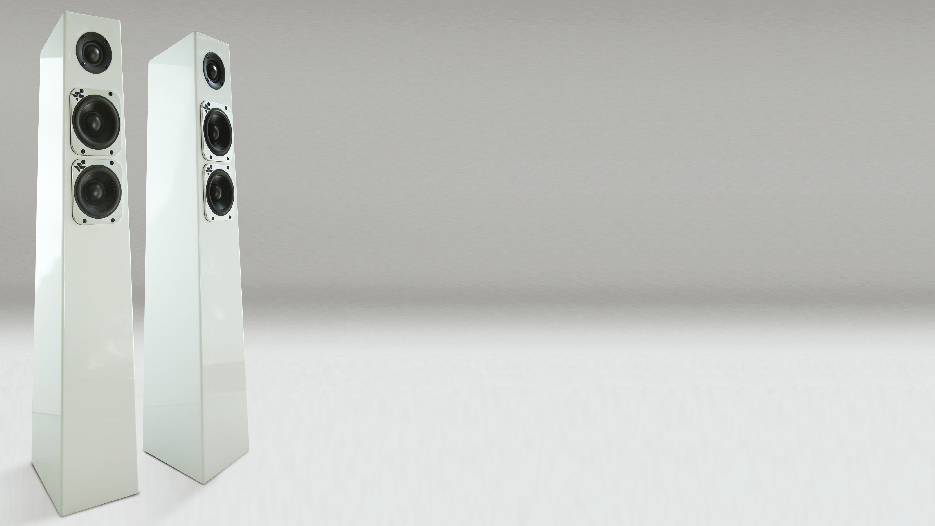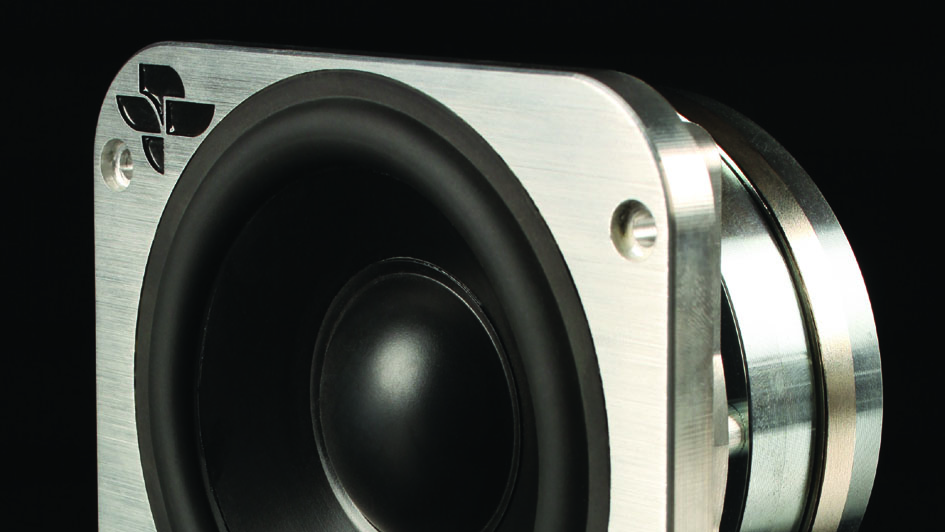What Hi-Fi? Verdict
If you’re looking for easy-going, compact floorstanders that deliver a fun-packed sound, give these Totems a listen
Pros
- +
A musical and entertaining sound
- +
Strong dynamic expression
- +
Expressive midrange
- +
Unfussy nature
Cons
- -
Larger rivals sound bigger
Why you can trust What Hi-Fi?
If you’re willing to spend £5000 on a pair of speakers, the chances are that you’re after top class sound backed up by solid engineering. Of course, that amount of money also demands high standards of build and finish. At this elevated level, there’s no shortage of floorstanders that give you all these things, and Totem’s Tribe Tower can be counted among them.
But add small size, being unfussy about positioning and an accommodating nature to that list and the field thins out significantly. In fact, we can’t think of a direct rival that fulfils all those requirements as well as these Tribe Towers.
That’s not to say that these Totems are flawless. However, they do offer a blend of attributes we think will appeal to a wide range of people.
Build

At their heart is a pair of the company’s 10cm Torrent woofers. These are elaborately engineered to deliver strong dynamics and high levels of detail with low distortion, and in the Tribe Towers they’re fed directly from the speaker terminals without crossover network in between.
Such a design avoids all the distortions and phase effects inherent in crossovers, but does place the onus on the drive units to remain well behaved once the input frequencies get beyond the outer limits of what the drivers can do comfortably.

Frequency response 30Hz - 30kHz
Max power 200W
Woofer 2x 10cm
Tweeter 3.3cm
Impedance 4 ohms
Sensitivity 89 dB
Dimensions (hwd) 93.5 x 17.8 x 20cm
This purist approach to speaker design is carried over to the unusually large 33mm ‘laser etched’ textile soft dome tweeter. The larger than normal diameter has presumably been chosen to help integration with those two Torrent mid/bass units and that heavily dished metal faceplate helps to control dispersion. The crossover for this high frequency unit is a simple first order design, reducing the degrading impact of a more complex solution.
That small, angled cabinet isn’t ordinary either. Its non-parallel sides reduce the build-up of internal standing waves, and the panels are damped by the use of Borosilicate – something unique to Totem, to the best of our knowledge.
The bi-wire speaker terminals on our review samples wouldn’t look out of place on speakers one-tenth of the price. But they are functional, and should you choose one of the premium high gloss finishes – white or black at an extra £1000 – the terminal panel gets changed for something much classier. The standard finish choices, also white or black but with a satin finish, look neat though.
Overall build is good and the cabinet feels reassuringly rigid. Fit and finish is as pleasing as you’d hope for at this level, though the Tribe Tower’s relatively low weight is something of a surprise in a market full of hefty speakers. Being lightweight is no bad thing of course, particularly when it comes to energy storage, and it also makes the speakers really easy to move around.
Compatibility

These Totems are refreshingly easy-going when it comes to positioning. They sound tonally balanced close to a rear wall without being overly thin when placed further away. Their dispersion is nicely controlled, so minute adjustments of the toe-in angle towards the listening position aren’t needed to get a decent stereo spread.
A sensitivity of 89dB/W/m suggest that the Tribe will go loud with any decently powered amp, though the 4 ohm nominal impedance means that it needs to supply a solid amount of current to get the best from them. Something like PMC’s Cor or even Naim’s SuperNait 3 will work a treat.
These Totems are impressively unfussy in nature. They’re so well balanced that you’d have to go out of your way to mismatch a system to make them sound wrong. This much is apparent after only a few hours of use, but if you want to hear them at their considerable best you’ll need to give them a few hundred hours. That seems like an age, but use them regularly and that time flies.
Sound

We start with Laurie Anderson’s Homeland on our reference Naim ND555/555PS music streamer and the Tribe Towers sound right at home. They have a wonderfully cohesive sound that balances detail, refinement and attack well.
These are rhythmic performers that make the most of the insistent beat on My Right Eye while still communicating the feeling and intensity in Anderson’s distinctive vocal superbly. Her voice is strongly projected, thanks to a slightly mid-forward balance, and easy to follow, despite the dense backing instrumentation.
The big surprise is how these slim speakers handle bass. Those small mid/bass drivers and compact cabinet don’t look promising when it comes to low frequencies, but they deliver enough to have us checking there isn’t an additional woofer hidden round the back. Basslines have decent weight and are tuneful.
That’s not to say that larger alternatives, such as ATC’s SCM 40s, don’t do better - more that these Totems manage considerable more sonic heft than their size suggests.

We try Prokofiev’s Romeo And Juliet next and admire the Tribe Tower’s well-judged tonal balance. They’re not wholly neutral, but still sound nicely balanced and reasonably full-bodied. The speaker’s appearance may suggest a thin presentation, but Totem deserves plenty of credit for delivering an unexpectedly robust and solid presentation. There’s a good degree of body to the sound, particularly through the midrange and upper bass area.
We’re pleased with the detail on offer. These speakers don’t aim for an analytical balance – placing more importance on timing, dynamics and general coherence – but they still offer enough resolution to be able to follow a multitude of instrumental strands easily.
The sound stage is decently expansive and nicely layered with a pleasing sense of depth. These speakers don’t manage to represent the scale and authority of the orchestra so successfully though, failing to fully communicate the feeling of power and scale. We can forgive this though, as the speakers successfully cover their tracks in most other areas.
Verdict
If your main objective were to buy the best sounding floorstanders for this amount of money we would point you towards the likes of ATC, Spendor or ProAc. But if you want unobtrusive, compact floorstanders that won’t visually dominate, even in smaller rooms, then the Tribe Towers become front-runners.
They sound terrific for their size and disguise their size-related limitations so well that it takes considerable determination to find music where larger price rivals are preferable. If you value sound quality but need discreet, unfussy speakers, try these.
SCORES
- Sound 4
- Compatibility 5
- Build 4
MORE:
Read our ATC SCM40 review
What Hi-Fi?, founded in 1976, is the world's leading independent guide to buying and owning hi-fi and home entertainment products. Our comprehensive tests help you buy the very best for your money, with our advice sections giving you step-by-step information on how to get even more from your music and movies. Everything is tested by our dedicated team of in-house reviewers in our custom-built test rooms in London, Reading and Bath. Our coveted five-star rating and Awards are recognised all over the world as the ultimate seal of approval, so you can buy with absolute confidence.

